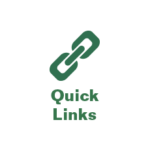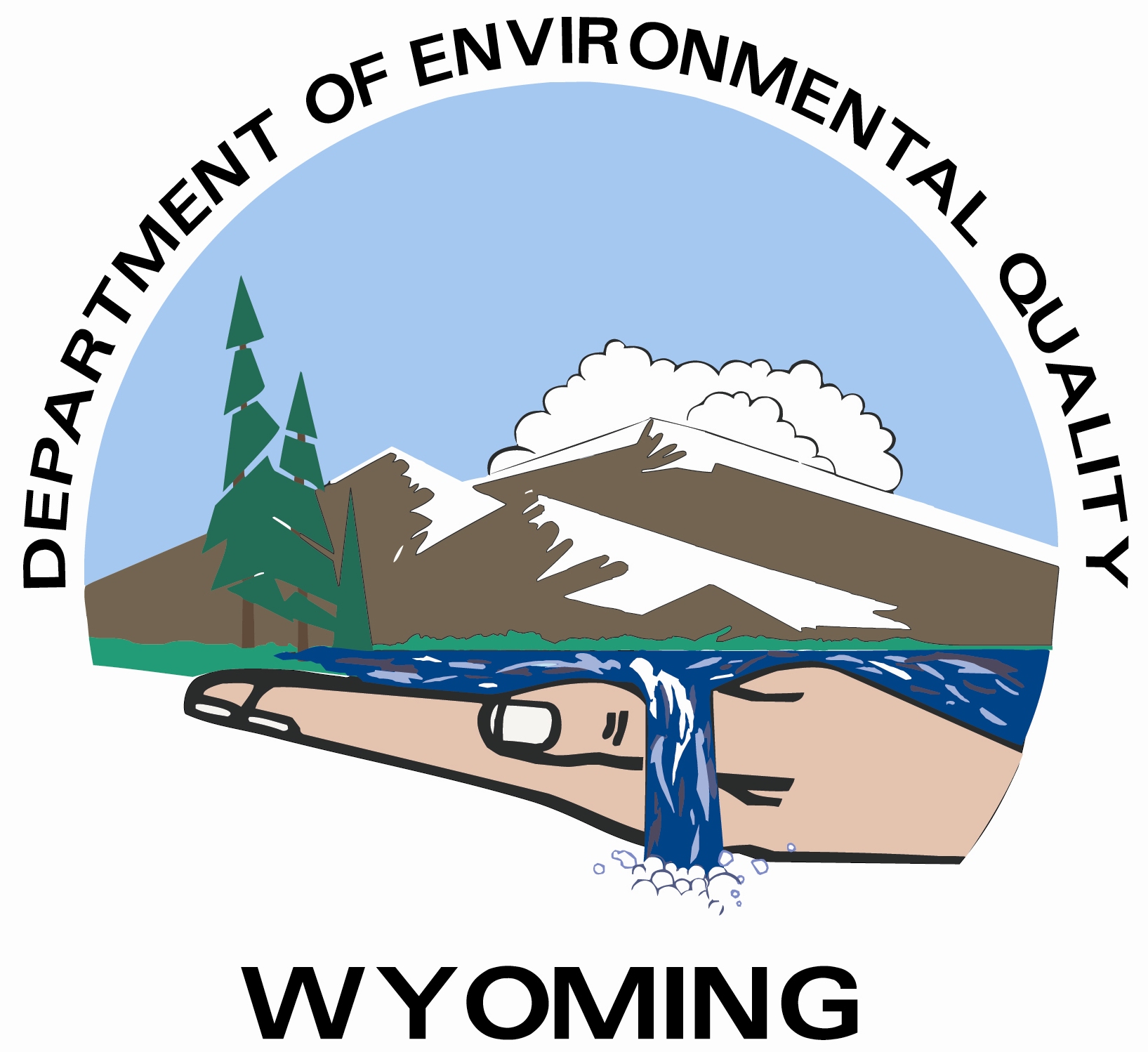- Home
- Public
- Resources
- Advanced Search
- Advisory Boards
- Careers
- District Offices
- e-Payment
- Enforcement Actions
- Meet the Director
- Mission Statement and Values
- Nondiscrimination Policy
- Outreach and Public Information
- Public Comments Online Portal
- Public Notices
- Records Requests
- Spill and Complaints
- State of the Environment
- Topics
- Divisions
- News
- Calendar

of Environmental Quality

DEQ's Mission
To protect, conserve and enhance the quality of Wyoming’s environment
for the benefit of current and future generations.
July 17, 2024
DEQ adds mobile air quality monitor to Rock Springs
Uncategorized
Cheyenne, Wyo – The Wyoming Department of Environmental Quality (DEQ), Air Quality Division (AQD) has begun operating a mobile ambient monitoring station in Rock Springs, Wyoming. The AQD will be holding an open house regarding the mobile station on July 29, 2024, 4 p.m.– 6 p.m. at the Western Wyoming Community College Workforce Training Center....
July 15, 2024
DEQ’ State of the Environment Podcast, Episode 3, Just Released
DEQ
Cheyenne – The Wyoming Department of Environmental Quality State has released a new episode of its State of the Environment podcast. The podcast’s episodes cover topics related to the agency and its work to help listeners be more aware of the work the DEQ and its seven Divisions provide for Wyoming. This month features the...
July 11, 2024
U.S. OSMRE Principal Deputy Director Tours Wyoming Mining Sites
Abandoned Mine Lands
By Kimberly Mazza U.S. Office of Surface Mining Reclamation and Enforcement (OSMRE) Principal Deputy Director Sharon Buccino traveled with Wyoming Department of Environmental Quality (DEQ) staff to view the high-quality reclamation being completed at Title V active coal mine and Title IV Abandoned Mine Land (AML) sites in Wyoming. The DEQ Director and...
June 28, 2024
Notice to Avoid and Report Possible Harmful Cyanobacterial Blooms in Wyoming Waters
HCBs
CHEYENNE, Wyo – With summer upon us and more people heading to Wyoming’s lakes and reservoirs to recreate, the Wyoming Department of Environmental Quality (DEQ), Wyoming Department of Health (WDH), Wyoming Livestock Board (WLB), and local, state, and federal partners want to remind the public to avoid and keep animals away from harmful...










